
Sabrina Absalon, PhD, on how disrupting apicoplast division can stop malaria in its tracks and calls for sustained research funding to combat the disease.

Sabrina Absalon, PhD, on how disrupting apicoplast division can stop malaria in its tracks and calls for sustained research funding to combat the disease.

Insights from Andrew Lover, PhD, MPH, MS, on challenges in rural Southeast Asia, border malaria, and new mosquito vectors impacting global efforts.

The Johns Hopkins Malaria Research Institute’s work in this area is looking to find ways to identify, for the first time, every single gene in the genome of malaria parasites, which could lead to the development of new treatments or vaccines.

In the first part of our interview, Sabrina Absalon, PhD, explains how depleting a protein linked to apicoplast division leads to rapid death of Plasmodium falciparum.
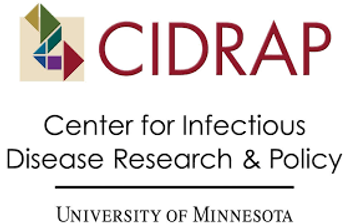
The University of Minnesota’s Center for Infectious Disease Research and Policy (CIDRAP) announced its initiative that will look to ensure reliable vaccine data and information is available to the public and medical community.

Q&A with Ben Burwitz, PhD, on the significance of the new hepatitis B virus (HBV)-susceptible primate model and its potential to advance hepatitis B research and therapeutic development.

Atea Pharmaceuticals will present the full clinical study at the upcoming EASL Congress in May.
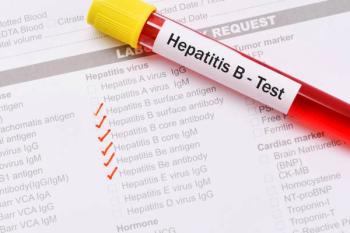
While 254 million affected globally with HBV, the disease remains endemic in Nigeria due to imperfect vaccination efficacy and limited coverage

The Johns Hopkins Malaria Research Institute is hosting its World Malaria Day Symposium on Friday. Jane M. Carlton, PhD, offers some insights on the institute and its signature event.

The University of California San Francisco and Gladstone Institutes develop compounds with a 1,000,000-fold reduction in viral titers and 1000 times effective concentration in the brain.

Ninety-four percent of cases were tied to 10 outbreaks, Texas leading with 624 cases, while Michigan and Montana reported the first outbreaks since 2019 and 1990, respectively.


Scynexis developed its investigational fungal compound, SCY-247, which is in phase 1 clinical trials, and the company expects to share top-line data this year.

Sarah Rowan, MD, on minimal laboratory testing, Hepatitis B screening flexibility, peer navigation, and state‑specific strategies to overcome outreach and reimbursement hurdles
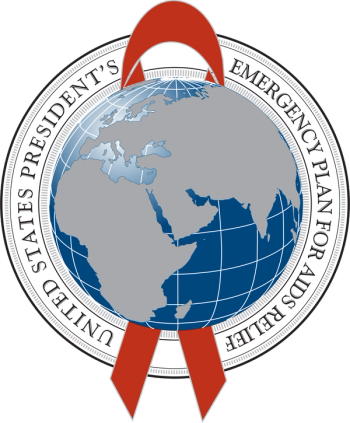

Sarah Rowan, MD, says tailored models within syringe service programs can overcome barriers and improve cure rates in underserved populations.

A Centers for Disease Control and Prevention study looked at the COVID-19 pandemic's effect on hospital-onset infections. Study lead author Hannah Wolford offers insights on it, including what patient populations were most affected, and the significance of infection prevention strategies.

Study of 400,000 pediatric records shows vaccine’s effectiveness in preventing Long COVID during Delta and Omicron waves.

Since its detection in early 2024, H5N1 has spread to dairy cows, poultry, and wild birds. Political factors, including leadership changes at the Centers for Disease Control and Prevention and cuts to public health resources, have worsened the situation, leading to a weakened response.

Universal hepatitis C screening updates have influenced testing numbers, and resulted in a gradual increase for all women with a pronounced increase in pregnant women.
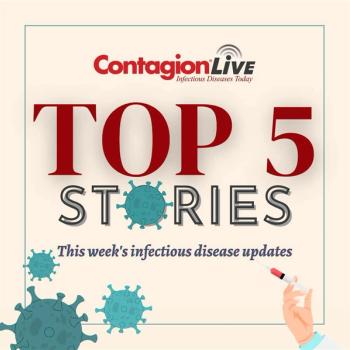
This week, the CDC ACIP's endorsement of meningococcal, RSV, and chikungunya vaccines, the need to expand automated CD4 testing for improved HIV/AIDS care, and more.
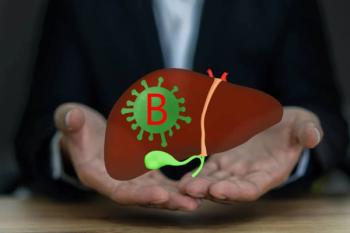
With valid phase 2 results, hydronidone could pave the way for first antifibrotic treatment in chronic liver disease.

Matthew Hepburn, MD, executive vice president of research and development at Panther Life Sciences, discusses the technology and its potential usage.

Six hundred thirty-seven cases in England, 4514 US clinical cases in 2023, and only 3 late‑stage antifungal drugs reveal surveillance and treatment gaps.
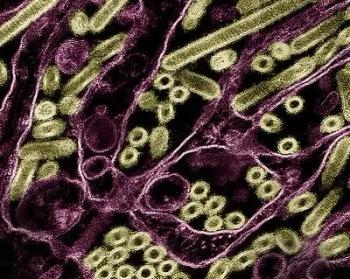
This case represents the second reported human infection with avian influenza A(H5) in Mexico, and the first confirmed case of influenza A(H5N1) in the country. The patient was a child who died from respiratory complications.

Sabrina Absalon, PhD's research uncovers the essential role of PfAnchor in apicoplast division, opening avenues for targeted antimalarial therapies.

A large study showed these SARS-CoV-2 positive groups were more prone to myocarditis, heart failure, arrhythmias, and chest pain—regardless of prior cardiovascular history or presence of congenital heart disease (CHD).

Yael David, PhD, discusses how cccDNA nucleosome positioning drives HBV transcription and how CBL137 disrupts this process to block infection.
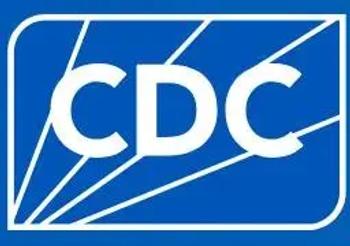
ACIP provides recommendations on meningococcal vaccines, RSV vaccination for at-risk adults, and chikungunya vaccines for travelers and laboratory workers, while also addressing safety concerns and potential expansions of use for each.

The Centers for Disease Control and Prevention (CDC) says there are now 7 outbreaks.